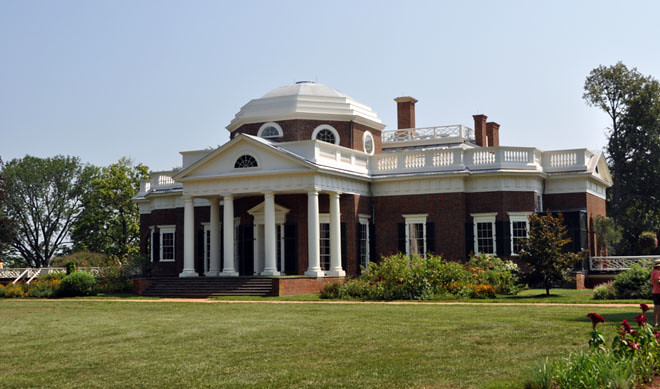
The Thomas Jefferson Estate Monticello was built by Jefferson himself. A self-taught scholar of Neoclassical Palladian architecture, the famous author of the Declaration of Independence also designed the University of Virginia. This plantation's image appears on the United States nickel and two dollar bill, and played a dominant role in early American architecture.
The south-facing layout follows classic principles. Arcaded balconies extend from the eastern and western ends, conveniently giving shade from the hot sun on either end. Jefferson used the same kind of arcaded balconies with living quarters below to wrap around his University of Virginia rotunda. Rainwater collection systems for these raised balconies compensate for a site low on well-water. Nearby Mulberry Row provided a rational layout next to vegetable gardens for slaves' living quarters.
Jefferson took home remodeling ideas from his governmental trips to France in 1784. He added an octagonal dome in the back, extended several more public rooms to second story height with skylights, and introduced beds in spaces knocked out of the thick interior walls. Space was tightly organized. Maps, art, Indian artifacts, and Renaissance inventions hang in the front, illustrating Jefferson's love for learning. The large self-built clock above the doorway tells time, days, months, and seasons. Jefferson's other inventions in the house include a dumbwaiter from the kitchen below in the cellar and double-paned glazing. The busts of Jefferson and his arch-enemy Alexander Hamilton are mirrored in the back room by the good vs. evil dichotomy of Marquis de Lafayette and Napoleon. (Tickets are ridiculously expensive, and the indoor tour is brief and uninformative.)
More Info and Images , Inside tour , More Info
Video: About Early American Architecture , Jefferson the Architect , Inside , Outside
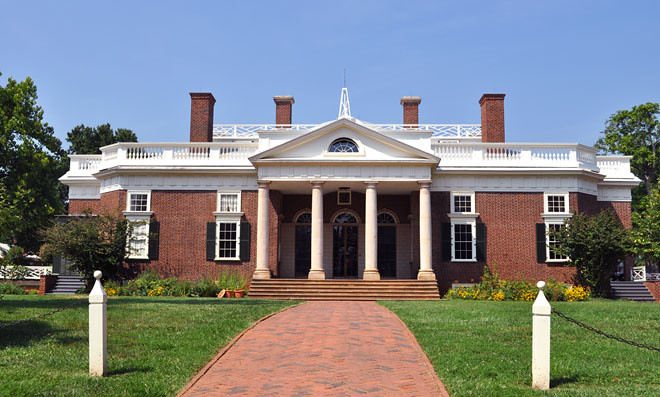
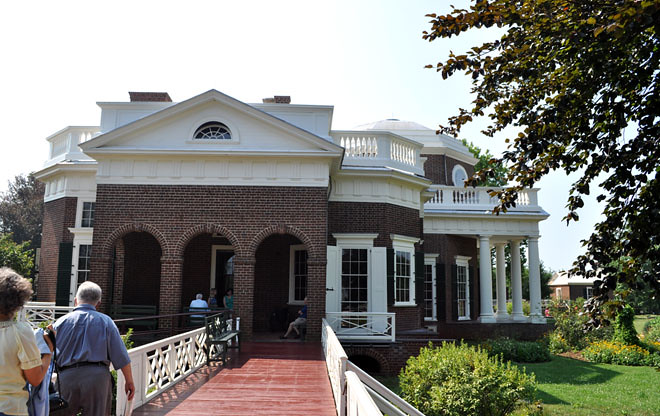
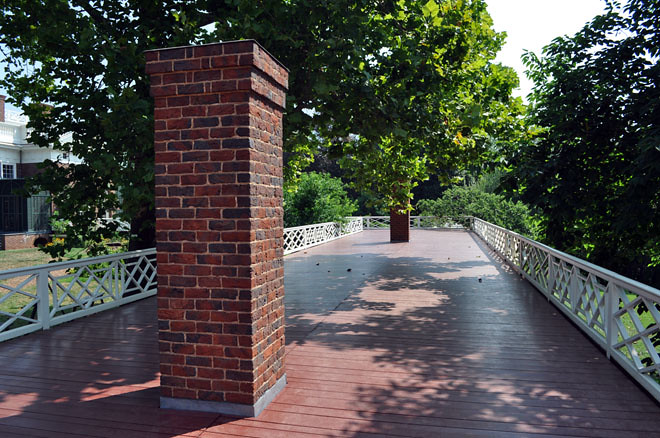

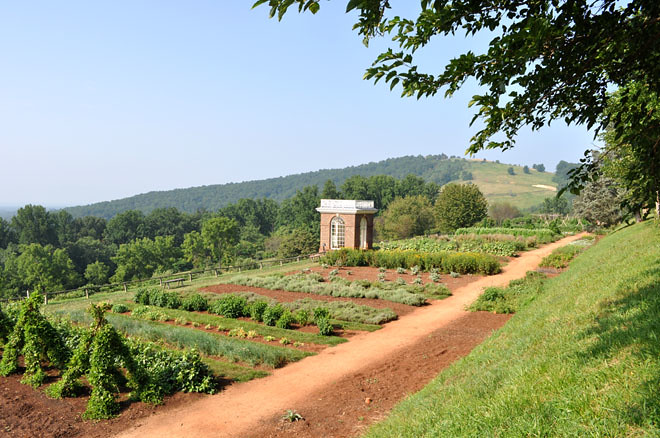
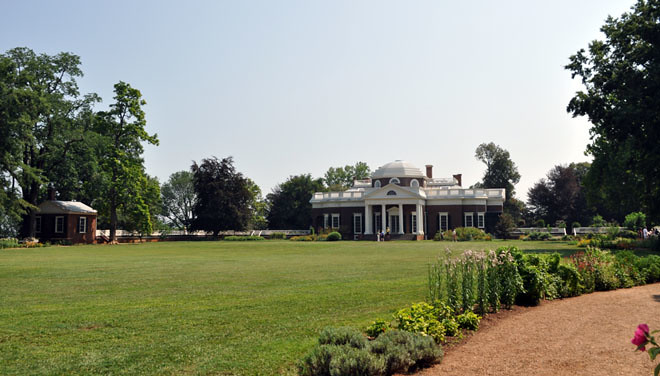
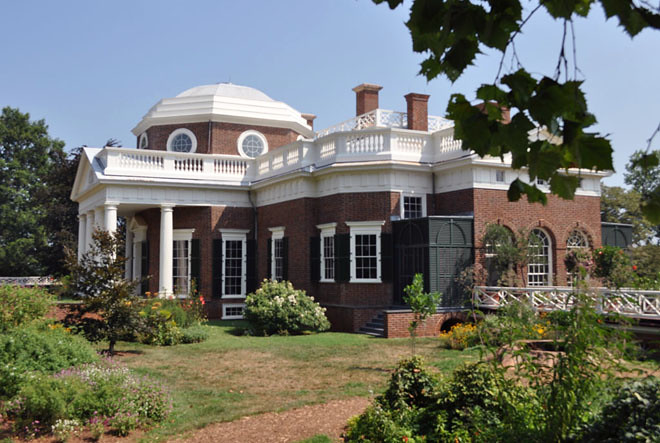
Tidak ada komentar:
Posting Komentar